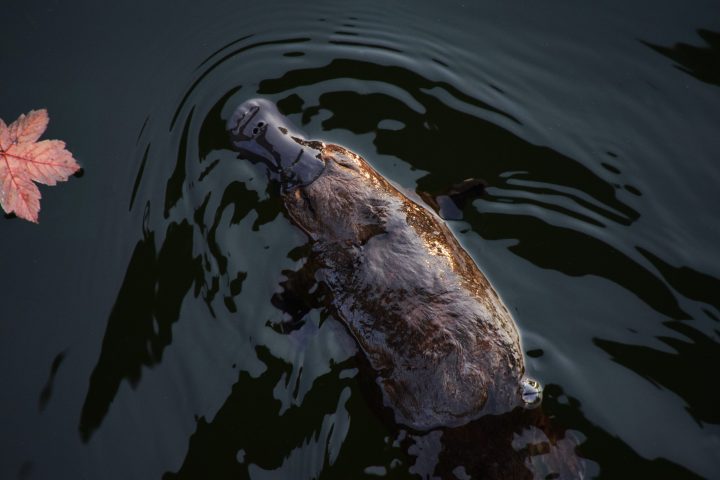Harbor seal whiskers sense the wake left by swimming prey by cancelling out signals from the seal’s own movement.
Introduction
In the dim depths of the ocean, sharp eyesight isn’t so useful for hunting. Dolphins and whales listen rather than look. Sharks famously and literally smell blood in the water and can also detect weak electrical signals that living things give off.
Harbor seals (and likely other seals and sea lions) have heightened yet another sense to secure meals. They can feel ever-so-slight movements in the water and follow a trail left behind in the wake of swimming fish. Their homing device is their whiskers, whose quirky structure makes them ideally suited to work in water.
The Strategy
But whiskers stick out of animals to sense their surrounding environment. They transmit signals to a rich network of nerve cells at the whiskers’ base that make them as sensitive as fingertips. Cat whiskers have some 200 nerve endings. Harbor seal whiskers, with up to 1,500, are even more finely tuned. But the real secret to their success is their structure.
If you’ve ever seen old-fashioned antennas on cars or flags on bicycles, you’ll notice how they sway and flutter when the vehicles move. Air currents swirl around them, causing them to vibrate. (The scientific name of whiskers is “vibrissae,” which comes from the Latin word for “vibrate.”)
You’d expect seal whiskers to behave similarly when seals swim through water. But instead, something remarkable happens: The whiskers cut through water like a hot knife through butter, barely wiggling in the waves.
The key is their shape. Seal whiskers aren’t circular in cross-section, but oval-shaped. And their leading edges aren’t straight, but have a wavy, in-and-out pattern. This structural design neutralizes the swirling action of water around the whiskers, so that the whiskers don’t vibrate when the seals move.
Instead, they remain still and ready to respond to disturbances generated by other swimmers. The whiskers vibrate up and down, over and under oncoming swirls the way a skier slaloms back and forth down a slope of oncoming obstacles.
Bigger fish produce larger swirls, and faster fish leave more of them in their wakes. By feeling these swirls with their whiskers, seals can precisely identify the size, speed, and direction of potential targets and follow their downstream trail, in one test 30 seconds after a target had passed by.

The Potential
Engineers are already copying the design of seal whiskers in an effort to develop underwater sensors. They could be used to monitor fish and marine mammals; track flowing oil spill plumes; discover ripples of warm water wafting from seafloor hot springs; provide warning of turbulent currents that threaten underwater structures; and give underwater robotic vehicles a better way to navigate. They may also give navies another way to detect ships and submarines—which have become more and more quiet to elude traditional methods of sonar detection.








